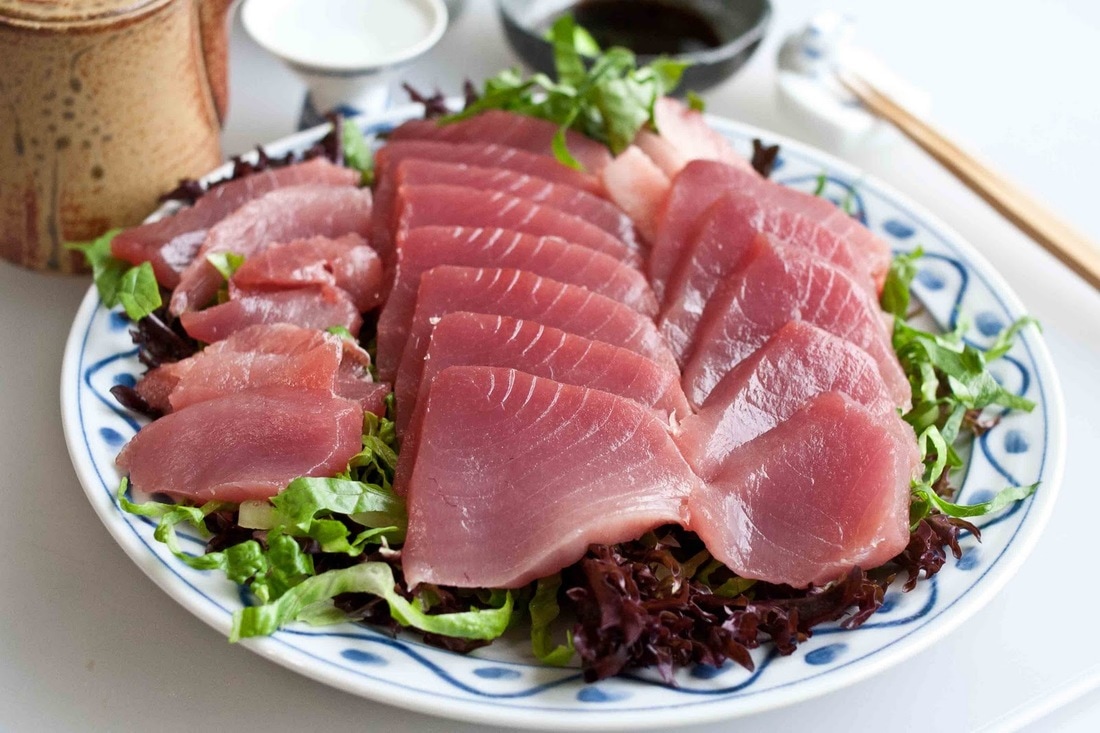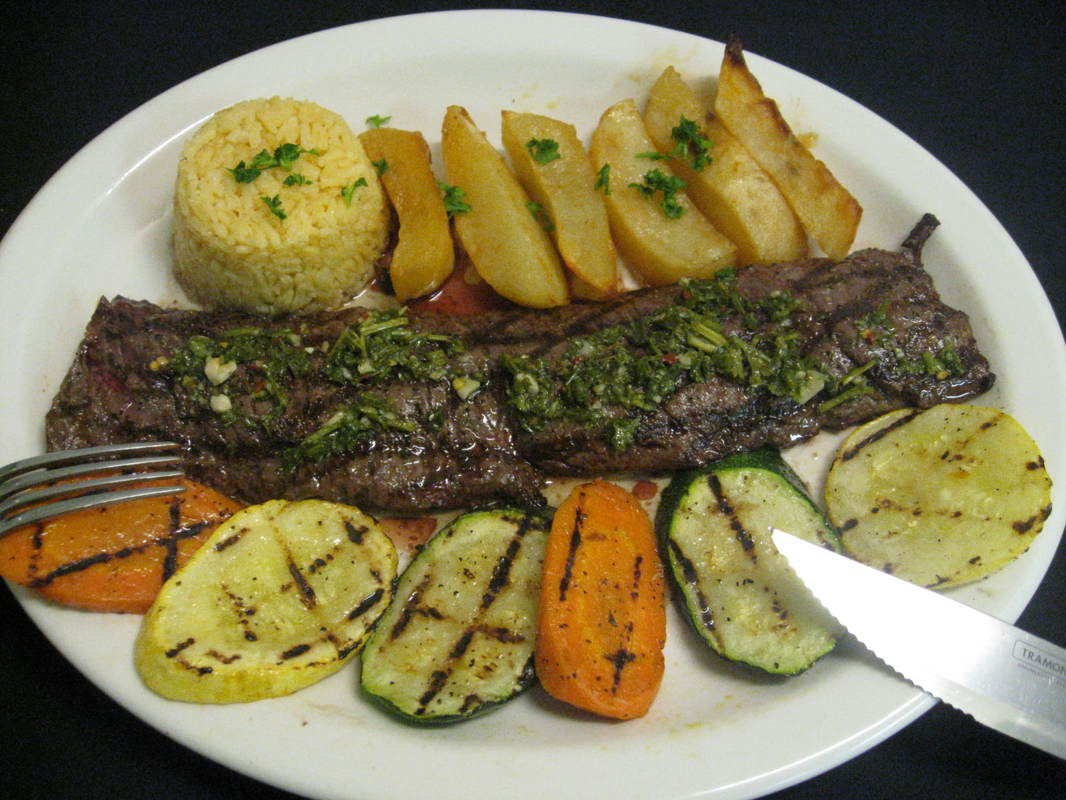This is a friendly, family-owned and -operated venture. The father might be in the area behind the counter cleaning fish or assembling fresh seafood orders while the mother operates the dual fryer that is almost next to the cash register. There is neither much to hide nor much room to hide it in at this small-scale operation. The spartan, but clean, dining area in front of the seafood counter and cashier’s stand consists of about a half-dozen tables. There is room for just under twenty people among the seven or so tables in its single, small dining room. The place fills up quickly during lunchtime with a diverse group of office workers and nearby residents who want to indulge in well prepared and freshly fried seafood. Each of the tables is replete with ketchup and tartar sauce in plastic squeeze bottles plus bottled Louisiana hot sauce. As the tables are often apt to be filled, takeout is a popular option.
Sandwiches and plates are the bill of fare. Sandwiches are still just $4.99, and come with a choice of a side and canned drink, and feature a choice among catfish, cod, oysters, crab meat and shrimp. The shrimp sandwich consists of a few fried shrimp and a couple of fried onion rings between small hamburger buns with lettuce, tomato and tartar sauce. The similar crab meat sandwich features noticeable pieces of blue crab. Though these are tasty, big appetites will need to order two of these sandwiches. Plates come with shrimp, oysters, catfish fillets, egg rolls and combinations thereof, plus a choice of two sides among the four the restaurant serves: fries, onion rings, coleslaw and egg rolls. The portions are small, but the prices are low. This includes the incredibly priced catfish plate for $5.99 that features three good-sized pieces of deftly fried catfish, fries, coleslaw, and a drink.
In addition to the popularity of its great-value ready-to-eat foods, Fountainview Fish Market works well as a neighborhood fish purveyor. The fresh seafood display is well stocked. Among the choices on ice that day might be red snapper, redfish, flounder, speckled trout, catfish, shrimp of several sizes, lobster tail, scallops, salmon, halibut, crab meat, and even soft shell crabs in season, Dungeness crabs, King crab legs and seafood gumbo.
Fountainview Fish Market
2912 Fountain View (between Westheimer and Richmond), 77057, (713) 977-1436
fountainviewfishmarket.com



 RSS Feed
RSS Feed

